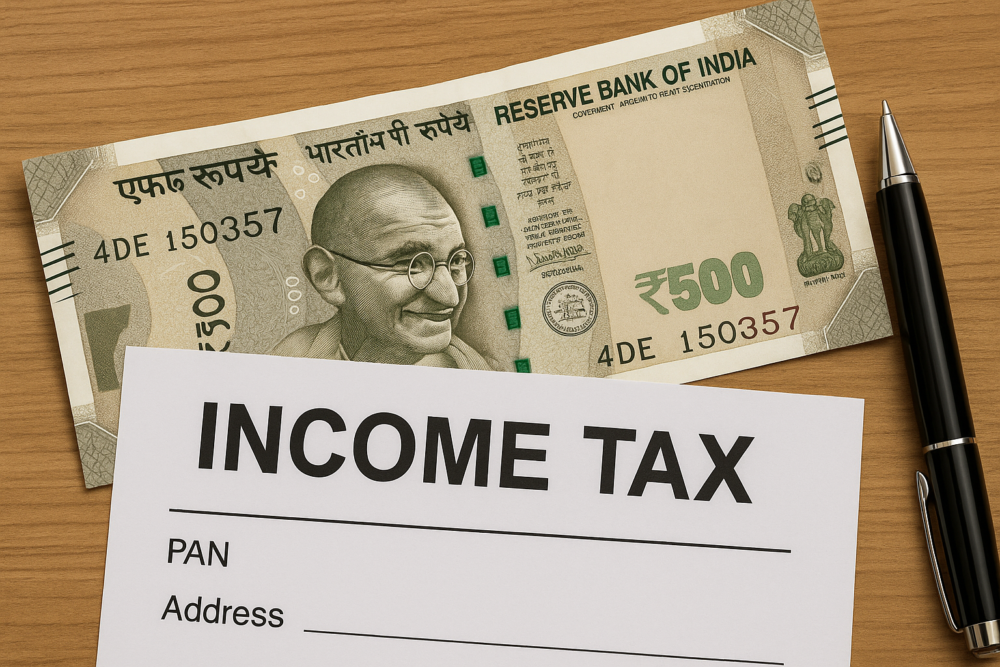In a significant move to bolster the economy and support various sectors, Finance Minister Nirmala Sitharaman unveiled the Union Budget for 2025-2026 on February 1, 2025. This budget, marking the ninth presentation by Sitharaman, comes at a time when India’s economic growth has slowed to a four-year low of 6.4%. The government aims to address pressing issues such as tax relief and support for gig workers while laying the groundwork for future growth.
One of the standout announcements was the government’s commitment to register gig workers and provide them with identity cards. This initiative is expected to enhance the recognition and rights of gig workers, who play a crucial role in the modern economy. By formalizing their status, the government aims to improve their access to benefits and protections.
In a bid to position India as a global hub for toy manufacturing, Sitharaman outlined a comprehensive plan for the toy industry. The initiative will focus on developing manufacturing clusters, enhancing competencies, and creating an ecosystem that produces unique, high-quality, and eco-friendly toys. This effort aligns with the “Made in India” campaign, promoting domestic production and innovation in the toy sector.
The Finance Minister also introduced the Dhan Dhanya Krishi Yojna, a program designed to benefit 1.7 crore farmers across 100 districts. This initiative aims to create sustainable opportunities in rural areas, allowing migration to be a choice rather than a necessity. By investing in agriculture and rural development, the government seeks to uplift the livelihoods of farmers and strengthen the rural economy.
As the budget was presented, the Union Cabinet, led by Prime Minister Narendra Modi, approved the fiscal plan amid calls for tax relief and consumer restraint. The Economic Survey projects modest growth rates of 6.3% to 6.8% for FY26, mirroring the anticipated 6.5% growth for FY25. This cautious outlook underscores the challenges facing the Indian economy, including inflation and global economic uncertainties.
Sitharaman announced that the budget deficit for FY25 and FY26 is projected at 4.8% and 4.4% of GDP, respectively. She highlighted that net market borrowings for the upcoming fiscal year are expected to reach Rs 11.54 lakh crore. The revised estimates for FY 2023-24 indicated a fiscal deficit of 5.8% of GDP, slightly lower than the initial estimate of 5.9%.
In a bid to enhance the business environment, the government plans to establish a high-level group focused on regulatory reforms across non-financial industries. This initiative aims to streamline regulations and foster a more conducive environment for businesses to thrive.
Additionally, Sitharaman announced the introduction of a partial credit enhancement facility for corporate bonds through the National Bank for Financing Infrastructure and Development (NaBFID). This move is expected to improve access to capital for businesses and stimulate investment in infrastructure projects.
To further promote investment, the government will introduce a state investment friendliness index, which will assess and rank states based on their investment climate. This index aims to encourage healthy competition among states to attract investments and improve their business ecosystems.
The Jan Vishwas Bill 2.0, which seeks to decriminalize over 100 clauses, was also highlighted in the budget. This legislation aims to reduce compliance burdens and make India a more business-friendly destination by decriminalizing minor infractions.
In a significant shift in trade policy, Sitharaman announced the elimination of seven customs tariff rates, leaving only eight remaining rates. This move is part of the government’s broader strategy to simplify the tariff structure and promote ease of doing business.
As the Modi government enters its third term, this budget reflects a commitment to addressing the challenges facing the economy while laying the groundwork for sustainable growth. With a focus on supporting gig workers, enhancing the toy industry, and fostering a favorable business environment, the government aims to navigate the complexities of the current economic landscape and drive India towards a more prosperous future.
The Lok Sabha will soon deliberate on the budget, which is expected to spark discussions on the government’s fiscal policies and their implications for various sectors of the economy. As stakeholders await the outcomes, the emphasis on growth, investment, and support for marginalized workers remains a central theme in India’s economic agenda.







